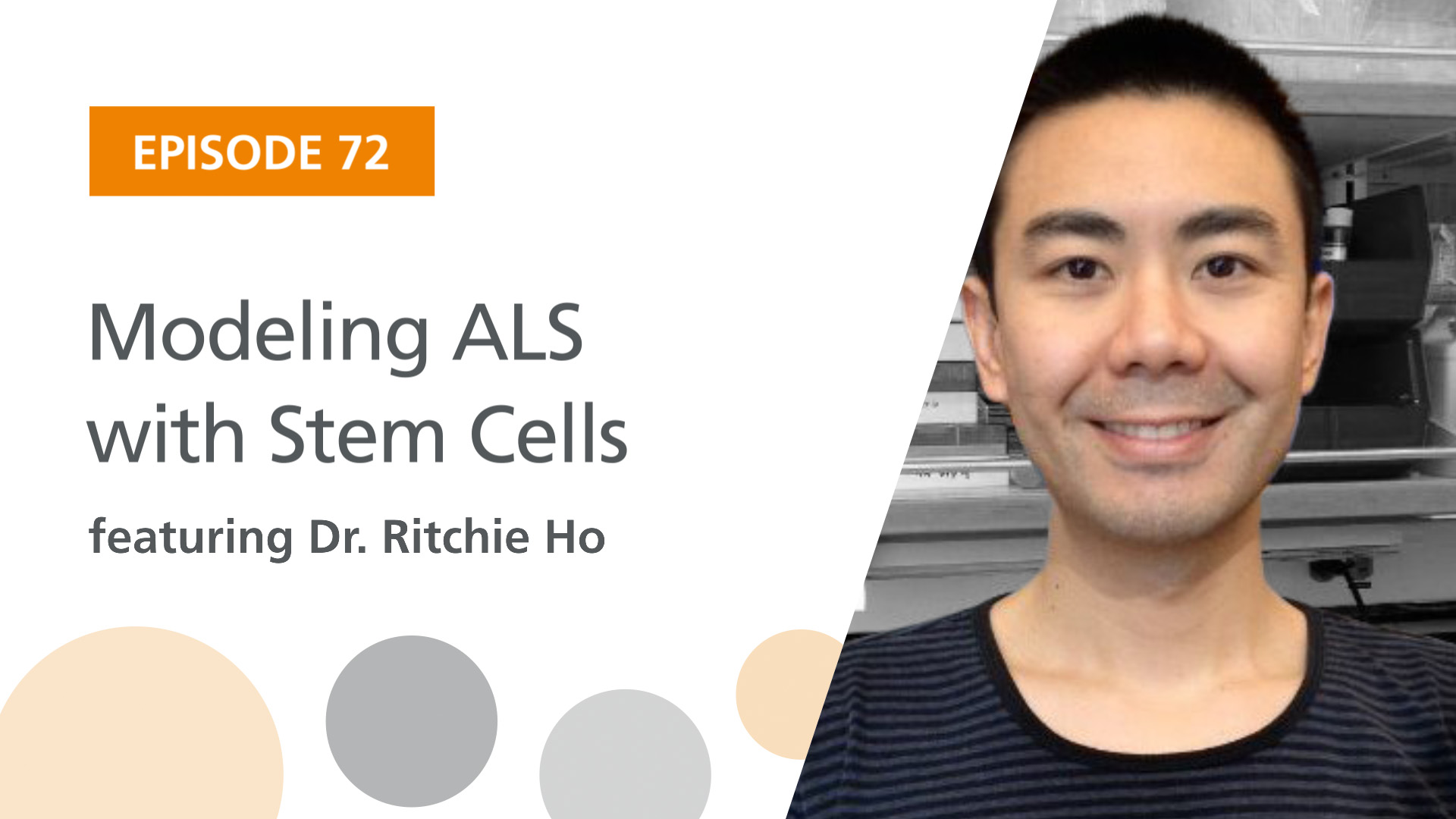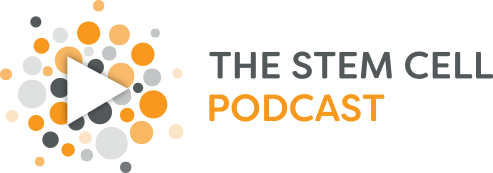
Podcast: Play in new window
Guest:
Dr. Ritchie Ho, a postdoctoral fellow from Cedars-Sinai, joins us with his latest study on an induced pluripotent stem cell in vitro model of ALS.
Resources and Links
Circadian Clock Influences Young Sunflowers to follow the Sun – Research from University of California, Davis shows how sunflowers use their circadian clock to anticipate the dawn and follow the sun across the sky during the day.
Humans Prefer the Gait of Mutant Horses – Researchers examine historic horse remains for the DMRT3 SNP, tracking the origin of gaitedness to Medieval England between 850 and 900 AD.
Young Blood Antiaging Trial Raises Questions – A startup company, Ambrosia, has launched the first pay-to-participate clinical trial in the United States to test the antiaging benefits of young blood in relatively healthy people.
Science Literacy Isn’t Just about What People Know, It’s Also about Their Communities – Increasing science literacy will not lead to appreciably greater support for science, but may be shaped by factors such as values and beliefs.
NIH Proposes Removal of Moratorium on Chimera Research – A proposed National Institutes of Health (NIH) policy would require extra review for certain studies that create chimeras, or animals with both human and animal cells.
Gene Correction of iPSCs from a Wiskott-Aldrich Syndrome Patient Normalizes the Lymphoid Developmental and Functional Defects – Induced pluripotent stem cells (iPSCs) were derived from a Wiskott-Aldrich syndrome patient (WAS-iPSCs) and the endogenous chromosomal WAS locus was targeted with a wtWAS–2A–eGFP transgene using zinc finger nucleases to generate corrected WAS-iPSCs.
Contributions of Mammalian Chimeras to Pluripotent Stem Cell Research – This article highlights the applications and current limitations presented by intra- and inter-species chimeras and their future contribution to the stem cell field.
Development of Gonadotropin-Releasing Hormone-Secreting Neurons from Human Pluripotent Stem Cells – Researchers report a three-step protocol to differentiate human pluripotent stem cells into gonadotropin-releasing hormone-secreting neurons which regulate puberty and reproduction.
Direct Induction and Functional Maturation of Forebrain GABAergic Neurons from Human Pluripotent Stem Cells – Scientists identified a set of genetic factors that could robustly induce human pluripotent stem cells into GABAergic neurons with high efficiency.
Photo Reference: Courtesy of Dr. Ritchie Ho

